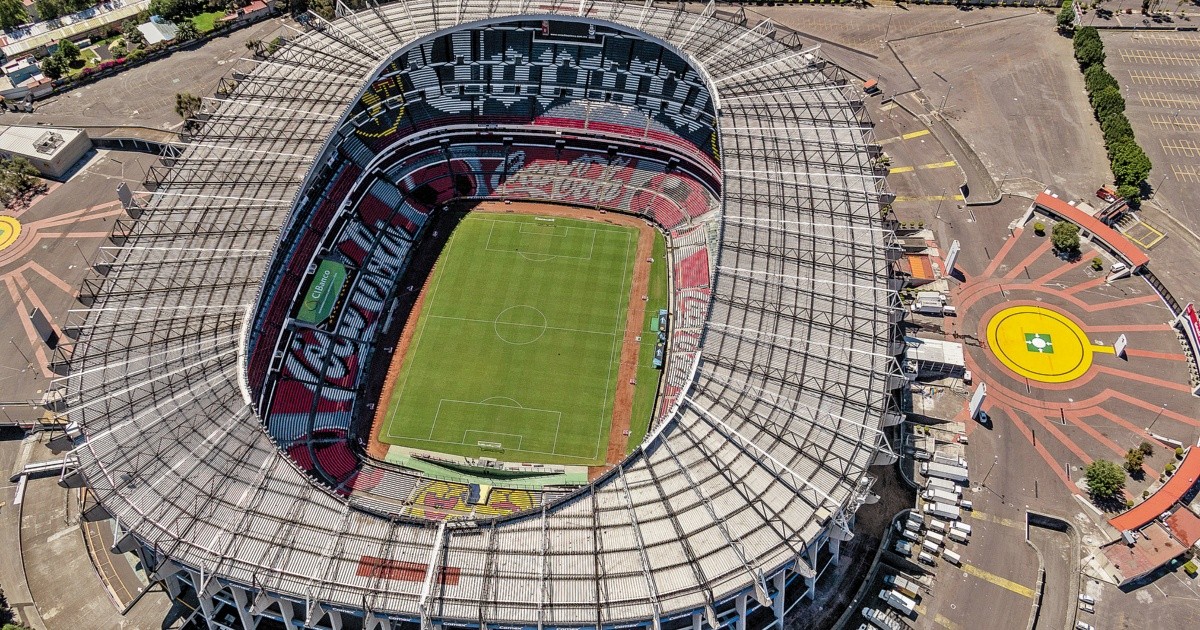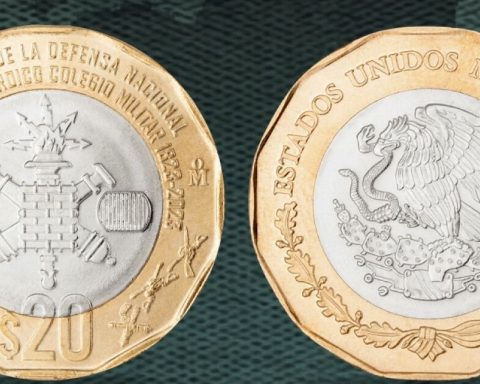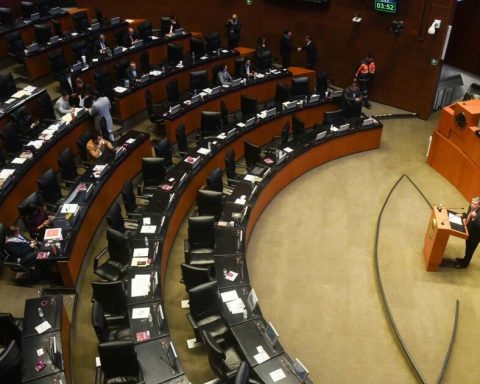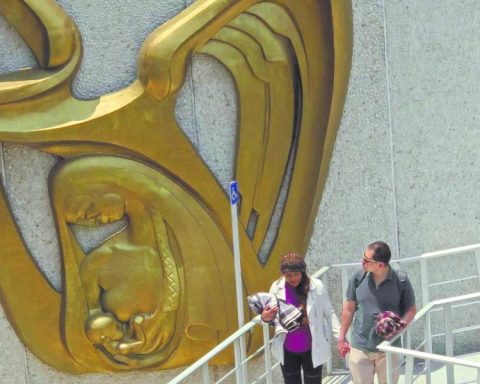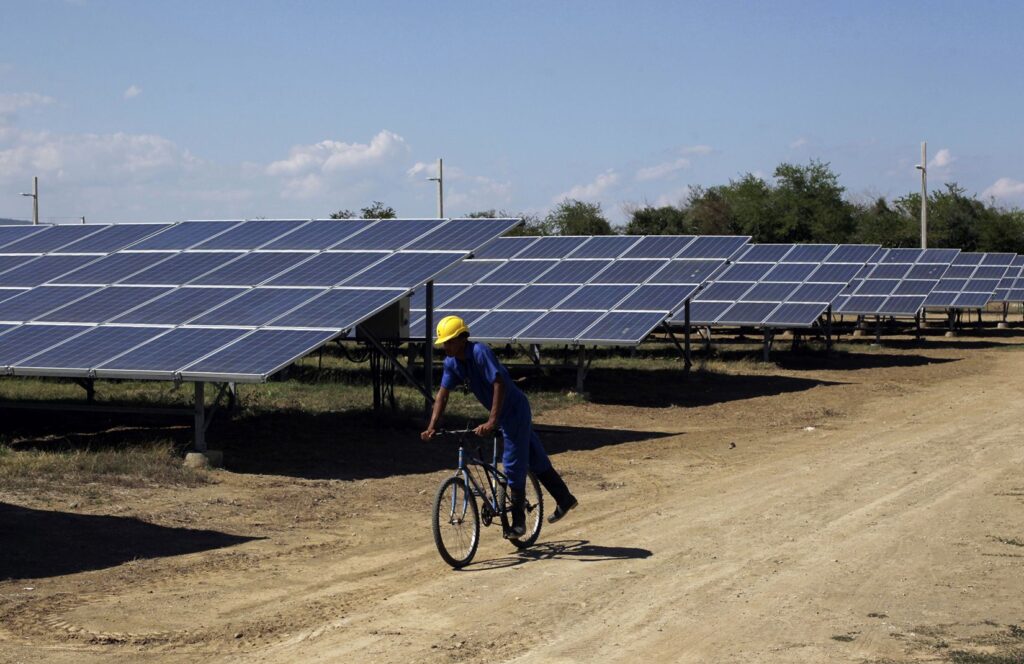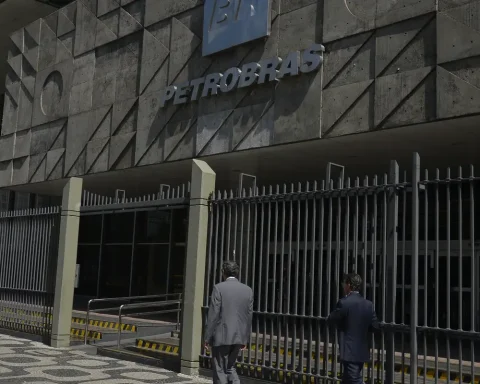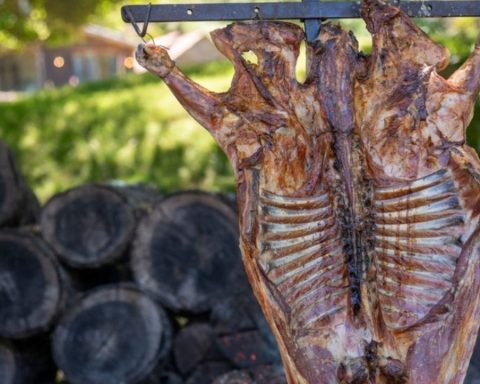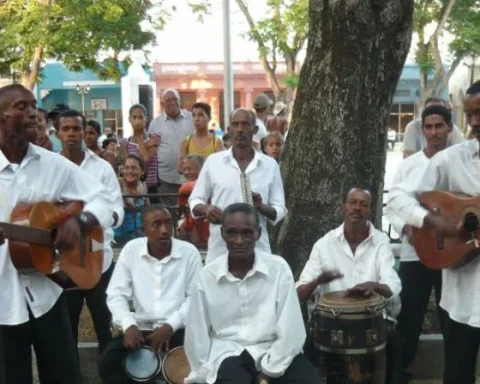FIFA has already confirmed it: Mexico will once again host a World Cup in 2026 (together with the United States and Canada), receiving 10 of the 80 total matches of the event through three core destinations, which are Mexico City, Guadalajara and Monterey.
With this decision, Mexico not only aspires to keep the glamor of being the first country in history to host three FIFA World Cups, but also the strongest economic impact of its sports industry, since the event has a spill estimate that is close to 2,000 million dollars, according to an expert consultant, which means almost three times more than the figures left by the Formula 1 Grand Prix in 2021, which until now was the highest parameter.
Four years away from the 2026 World Cup, FIFA made official the 16 cities that will host the competition: 11 for the United States (Atlanta, Boston, Dallas, Houston, Kansas City, Los Angeles, Miami, New York, Philadelphia, San Francisco and Seattle), three for Mexico (Mexico City, Guadalajara and Monterrey) and two for Canada (Toronto and Vancouver).
In the case of the Mexican territory, the chosen scenarios were the Azteca stadium (Mexico City), the Akron stadium (Guadalajara) and the BBVA stadium (Monterrey); Although the three cities had already hosted World Cup matches between 1970 and 1986, the Akron and BBVA venues will make their debut after being infrastructures with less than 15 years of life.
FIFA also revealed the distribution of matches by country, leaving Mexico and Canada with 10 each, while the remaining 60 will be for the United States; In addition, the country of the stars and stripes will have the highest ranking, since from the quarterfinals all the matches will be held in its territory.
The international body did not specify how those 10 games in Mexico will be divided among its three designated cities, but according to some unofficial versions of the press, the distribution will be four at the Azteca stadium, three at Akron and three more at BBVA , which would be in the group stage and round of 16.
Although Mexico receives only 12.5% of the total for the event, it aspires to obtain an income of up to 1,860 million dollars, according to a study of the economic impact of the 2026 World Cup, prepared in 2018 by The Boston Consulting Group (BCG), a global firm leader in management consulting, at the request of the United States Soccer Federation (US Soccer).
According to the document, each host city of the 2026 World Cup will have an estimated economic benefit of between 160 and 620 million dollars, with an impact of net benefit after costs of between 90 and 480 million. In total, the consultancy estimates that the North American region receives from 3,000 to 4,000 million dollars for all the competition.
The firm’s figures are not so far removed from reality. According to another study prepared by the Nashville Convention & Visitors Corp earlier this year, the estimated economic benefit for the city of Nashville if selected as one of the World Cup venues was 639.3 million dollars, although it was not finally included in the FIFA list.
In the case of Mexico, the closest parameter is the 2021 Formula 1 Grand Prix, which left an economic spill of approximately 686 million dollars (14,375 million pesos), which would be almost a third of what it could reach. the 2026 World Cup, according to estimates by The Boston Consulting Group.
Authorities in Mexico recognize that they do not have the same infrastructure capacity as venues such as the SoFi in Los Angeles, the AT&T in Dallas, the Mercedes-Benz in Atlanta or the Hard Rock in Miami, where, in addition to soccer, top-tier events are seen. level of American football such as the Super Bowl or Formula 1 races. However, they appeal to Mexican football history as an added value for fans around the world.
“We have seen the most modern stadiums, but the important thing about them is that they must have a soul, history and heart, something that the Azteca stadium does have. Obviously it requires a very large modernization in technology, seats, visibility and access (…) What this stadium is going to have is that it will not only be more modern, but it will have that soul, heart and history, “said Emilio Azcárraga Jean, owner of Club América (which plays at the Azteca stadium), in an interview with TUDN.
The symbolic weight of the Azteca stadium will be to become the first stadium in the world to host three different editions of the World Cup, after seeing Brazil and Pelé consecrate themselves in 1970 and Argentina and Diego Armando Maradona in 1986.
Guadalajara also hosted the 1970 and 1986 World Cups, but it did so with the Jalisco and Tres de Marzo stadiums; now it is the turn of the renovated Akron, which cost 200 million dollars and was inaugurated in 2010.
For its part, Monterrey only hosted the 1986 World Cup both at the Universitario stadium, home of the Tigres, and at the extinct Tecnológico, which was the home of the Rayados. By 2026, the BBVA stadium will take over, which received an investment of 206 million dollars and was inaugurated in 2015. The new stadium for the Tigres was not included in the FIFA plan, which is projected to be ready in 2025 and with a total investment of 320 million dollars.
The selection process for World Cup cities for 2026 began in 2017 with 44 applications, but for 2018 these were reduced to 23. Among the requirements that FIFA requested were transport infrastructure, previous experience in major events, availability of accommodation and strategy security, among others. Between the middle and the end of 2021, the FIFA authorities traveled to the three countries to make their decision on the final venues.
Some cities with high reputations in international events that were left off the list are Las Vegas, Detroit, Salt Lake City, Edmonton and Montreal, although the latter dropped out of contention by its own decision last year after the local government withdrew your financial support.
